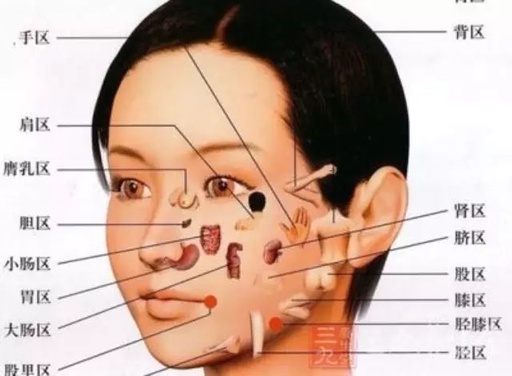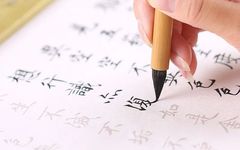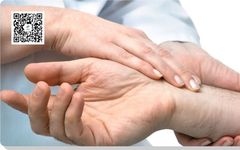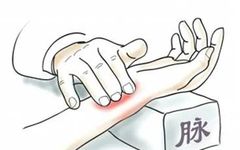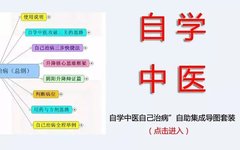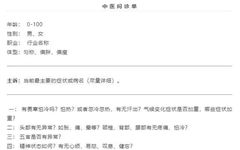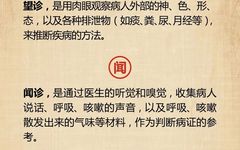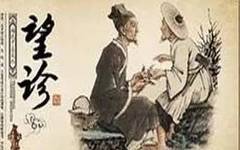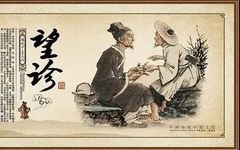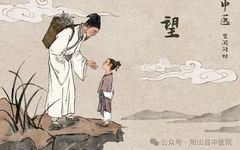Observation of Local Conditions in TCM Diagnosis
Observation of local conditions, also known as sectional observation, is based on overall observation and focuses on specific areas of the patient’s body according to the condition or diagnostic needs. Since overall pathological changes can reflect in local areas, observing local conditions helps to understand the overall pathological situation. (一)Observation of the Head and Face … Read more

